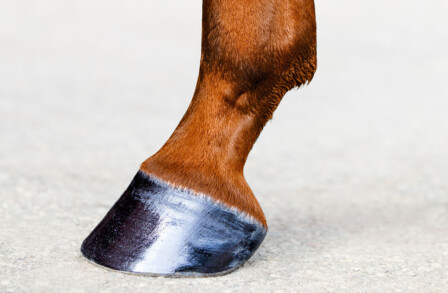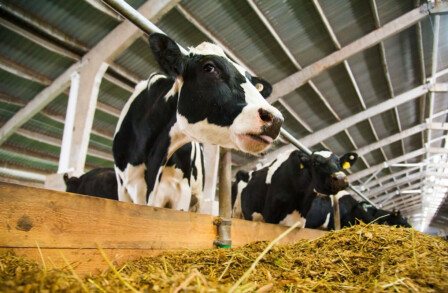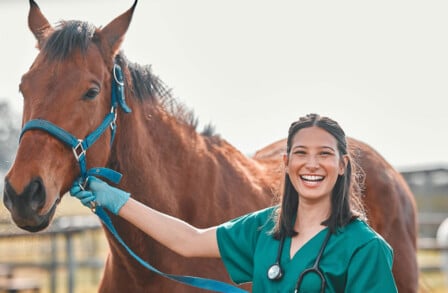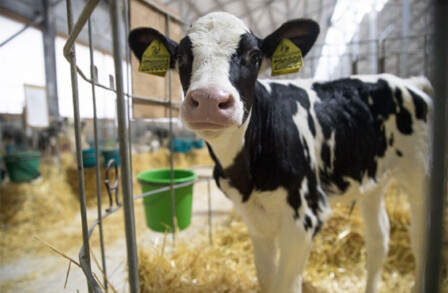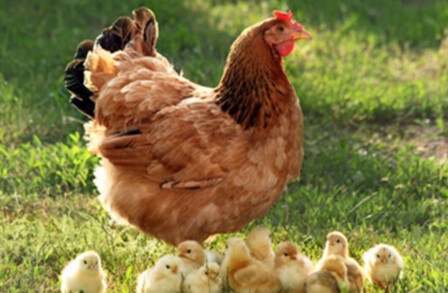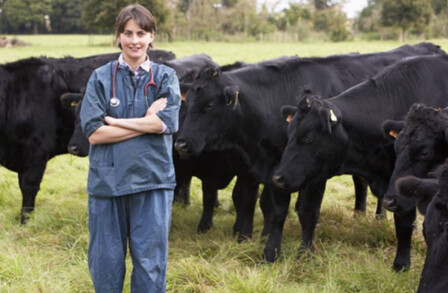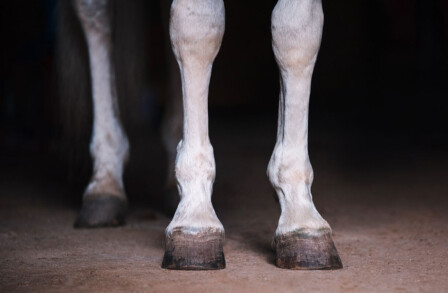Increase your knowledge with this eclectic collection of science-focused snippets, articles, video summaries and papers aimed at keeping you in the picture!
Scientific Snapshots
After calving a dairy cow, calcium requirements more than double to support the production of colostrum and milk. This leads to a physiological response to restore normal blood calcium levels in the cow.
Sometimes, calcium levels are not restored. A severe form of hypocalcemia, known as milk fever, can occur within 24 hours following calving. Additionally, a subclinical form of hypocalcemia may also occur, which does not present any specific clinical signs.
Epidemiological studies have...
Background: Radiological findings in the proximal sesamoid bones (sesamoids) are a persistent source of controversy at Thoroughbred sales, due to inconsistent classification and conflicting assignment of potential clinical importance.
Objectives: To define the prevalence of sesamoid findings on sales repository radiographs in yearling and 2-year-old Thoroughbreds and to analyse associations with racing performance. To track the changes in sesamoid findings between 1 and 2 years of age in...
Sponsored by


The prevalence, anatomical distribution, or nature of
cutaneous, hair and oral mucosal abnormalities (CHMAs) in cattle is uncertain.
For this reason, the authors have determined how often dairy cattle admitted to
a veterinary teaching hospital (VTH) had CHMAs (except for foot and ear canal)
on physical examination and if there was an age-related difference.
In this descriptive, observational, prospective study,
CHMAs of dairy cattle admitted to the VTH of the Université de Montréal were...
Sponsored by


Additional efficacious immunomodulatory treatment is needed for the management of immune-mediated disease in horses. Mycophenolate mofetil (MMF) is an immunosuppressive drug that warrants assessment as a viable therapeutic agent for horses. The objective of this study was to evaluate the pharmacokinetics (PK) of multiple-day oral dosing of MMF in healthy horses and to determine the tolerability of this dosing regimen.
Six healthy Standardbred mares received MMF 10 mg/kg PO q12h for 7 days in...
Sponsored by


Horses with severe equine asthma had higher concentrations of MMP-9 in the BALF.
This study determined Tregs and inflammatory cytokines in BALF and peripheral blood (PB) of adult horses with mild and severe asthma and different BALF cytological inflammation profiles.
Horses of diverse breeds with asthma (age range: 2-20 years, n = 24) were divided into groups according to the number of points obtained in a standardized clinical scoring system (mild-moderate equine asthma - MEA, severe equine...
Sponsored by


Although thoracic auscultation (AUSC) in calves is quick and easy to perform, the definition of lung sounds is highly variable and leads to poor to moderate accuracy in diagnosing bronchopneumonia (BP). The aim of the study was to evaluate the diagnostic accuracy of an AUSC scoring system based on a standard lung sound nomenclature at different cut-off values, accounting for the absence of a gold standard test for BP diagnosis.
The authors considered the following pathological lung sounds:...
Sponsored by


IntroductionPoultry is a flourishing industry all over the world including in China. To improve economic efficiency, intensive farming is increasingly popular in the poultry industry. This farming model exposes the chickens to constant stressors, such as high humidity and temperature, noise and continuous illumination, which seriously decreased weight loss, increased feed conversion rate and induced peripheral fat deposition.
Chronic stress can increase the secretion of glucocorticoid (GC), a...
Sponsored by


The aim of this retrospective study was to describe the clinical, laboratory, and ultrasonographic findings; treatment; and outcome of cattle with mesenteric torsion (MT).
Medical records were retrospectively reviewed. Results were compared for cattle that survived versus did not survive to hospital discharge.
Overall, 61 cattle with MT between November 1, 1986, and December 31, 2019 were enrolled. All cattle had abnormal demeanor. The most common clinical signs were tachycardia (80.3%...
Sponsored by


Minerals play vital roles in physiologic processes. Calcium, phosphorus and magnesium are common minerals. Secretion, absorption and homeostasis of these minerals are affected by associations between the active vitamin D and parathyroid hormone (PTH). The aim of this study was to assess concentrations of vitamin D, PTH and minerals, such as calcium, phosphorus and magnesium in horse sera, as well as associations of these values with lameness in horses. In the references, the reasons for...
Sponsored by




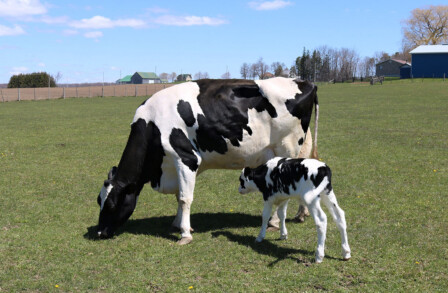
 1 min
1 min
